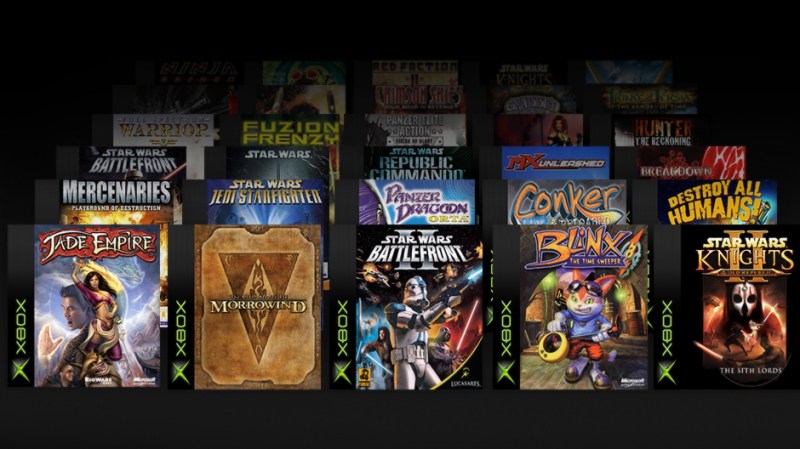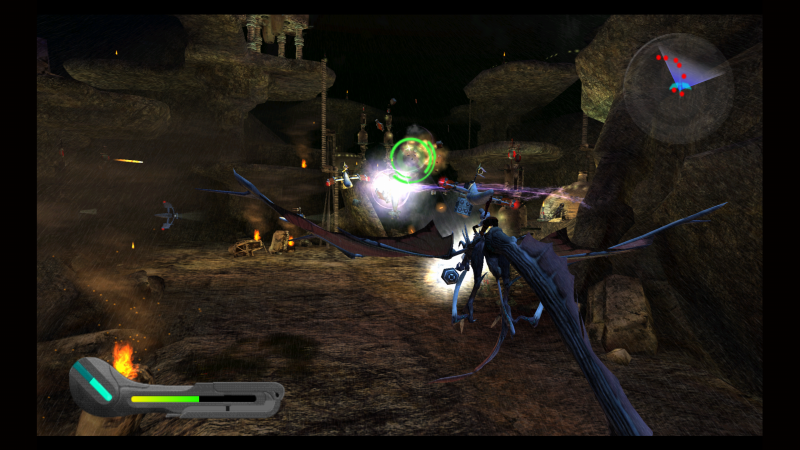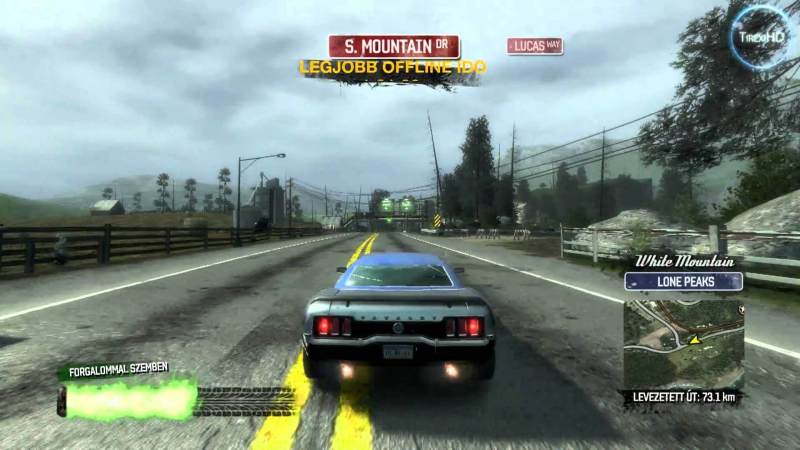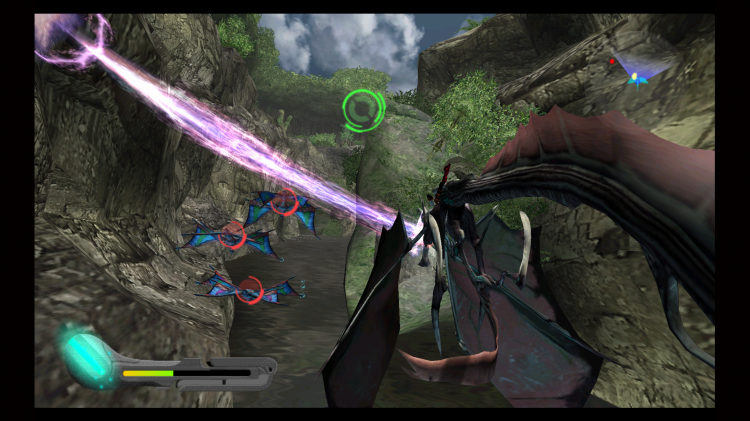Backward compatibility is not new. ColecoVision’s 1982 Expansion Module 1 and Sega’s 1989 Power Base Converter set the stage for new consoles to play older models’ games. But it’s not a mandatory feature, either. Nintendo famously infuriated parents by leaving NES support out of the SNES, and of all the consoles released since then, perhaps half have included backward compatibility. Some people have even downplayed its importance.
Microsoft has deeply embraced backward compatibility, and its recent implementation with the Xbox One and Xbox One X is the best I’ve ever seen. In prior generations, it has sufficed — and often been challenging — for a console to run its immediate predecessor’s games as well as they ran on the original hardware. Sony has twice included old PlayStation chips inside next-gen consoles just to support earlier games, only to pull the extra chips from lower-priced “slim” models. But now Microsoft has accomplished a multi-generational feat through software, taking 2001-vintage Xbox games and transforming them into 2018-ready 4K.

Above: Microsoft’s collection of original Xbox games that now run on the Xbox One.
Consider for a moment what this means. The Xbox One X is three generations removed from the original console; it needn’t even be able to read the same discs. But last year, Microsoft expanded its backward compatibility from Xbox 360 games to also include first-generation Xbox support, added on a title-by-title basis. Currently, 21 original Xbox games run on the Xbox One; next week, this will be 32.
When displayed on the Xbox One X with a 4K screen, Xbox 360 games can have four times their original pixel counts. Believe it or not, that multiplier is 16 times when starting with an original Xbox title; different games ran at 480i or 480p. For fans of console emulation, this “better than ever” outcome is basically the holy grail — an officially sanctioned way for Xbox users to enjoy benefits like the PC emulator Dolphin grants to old Nintendo games.

Above: Panzer Dragoon Orta running on the Xbox One X at 4K.
Sega’s classic shooter Panzer Dragoon Orta is perhaps the best example of Microsoft’s magic at work. The game originally ran at roughly 640-by-480 resolution — arguably half that due to interlacing tricks — but thanks to the Xbox One X’s emulator, it runs with enough detail to fill most of a 4K screen at a smooth frame rate. Putting aside menu screens, which run in more obviously interpolated form, the in-game polygonal graphics have been updated to look razor-sharp. Between the higher resolution and texture filtering, a 2002 game looks spectacular in 4K in 2018, and that’s without even needing a remaster.
I had tried the first-generation Xbox title Ninja Gaiden Black on the Xbox One X; it looked better than it had years ago, but it didn’t impress me. By comparison, Panzer Dragoon Orta could easily pass for a contemporary rail shooter. Thanks to backward compatibility, Microsoft has resurrected a long-gone game from a long-gone developer and made it seem fresh — for a $10 download, or if you still have the original disc, $0. It is a better update than EA’s sloppy recent remaster of Burnout Paradise, which sells for $40 but is virtually identical to the original game running under backward compatibility.

Above: The recent remaster of Burnout Paradise was virtually indistinguishable from the earlier release running under backward compatibility.
That’s the promise — and the threat — of backward compatibility. If it works well enough, as it does with supported games on the Xbox One, you don’t need to buy either an uninspired sequel or a half-assed remaster to keep enjoying an old game on your new console. For obvious reasons, some developers might not like that.
But I’d argue that Microsoft’s approach to backward compatibility is the smartest for developers that take the long view with games. I couldn’t find my old disc of Panzer Dragoon Orta when Microsoft added it to the Xbox One X backward compatibility list. So I spent the $10 to buy it from the Xbox Store. Sega made some money on a classic that it hasn’t updated or followed up for nearly two decades, and I get to have an experience that’s even better than I remembered way back when.

The alternative? For the past 16 years, Orta has basically been abandonware, and abandonware typically winds up emulated for free on fairly high-powered PCs. That means it’s running on an operating system (Windows) that isn’t generating money for Microsoft, and most likely being played from a disc image that’s generating no money for Sega. Most games in that situation get forgotten completely, and no one ever plays (or pays for) them again.
By bringing old games back to life at reasonable prices — and honoring past customers — Microsoft is doing the right thing by everyone. I’m happy to support an effort like this, and looking forward to playing more modern classic games on my Xbox. If you’re listening, Microsoft, please add support for OutRun 2006: Coast to Coast (and other Sega classics) next!

